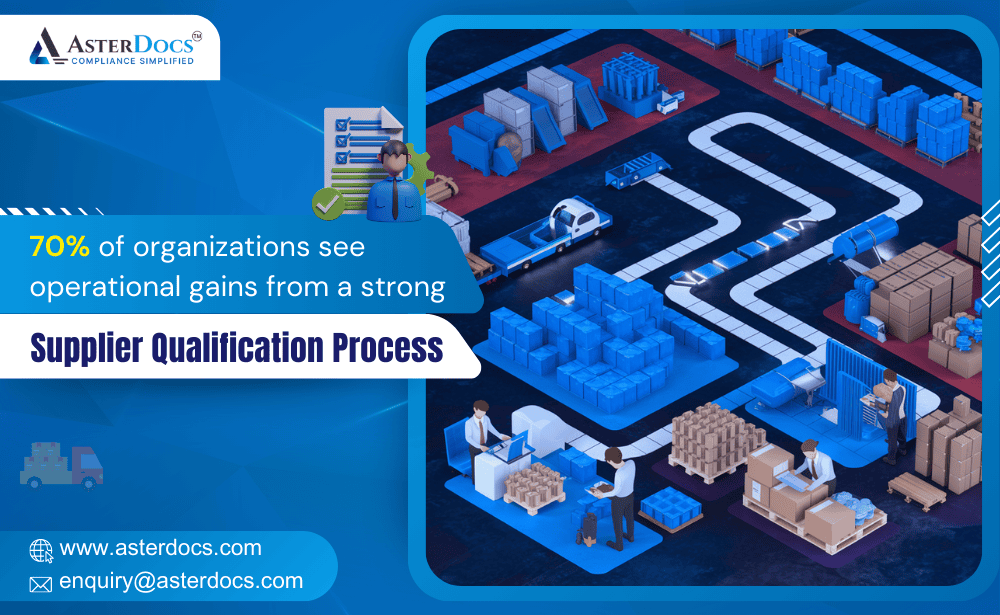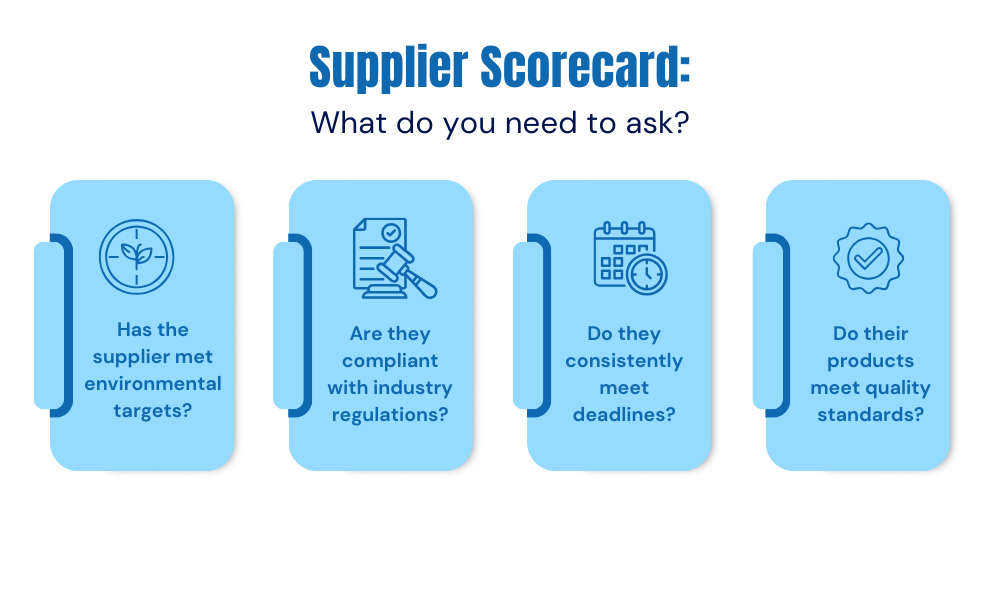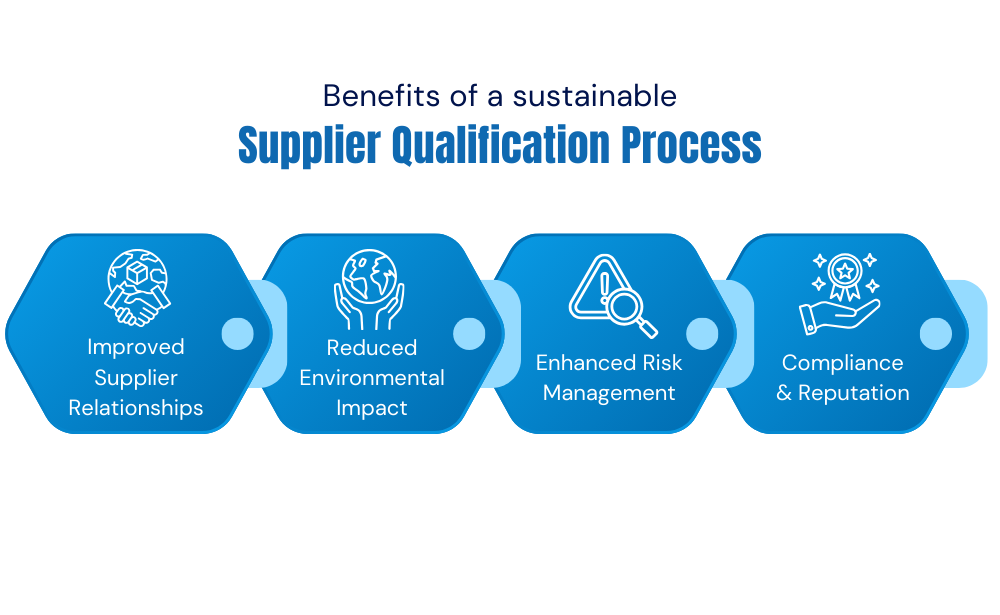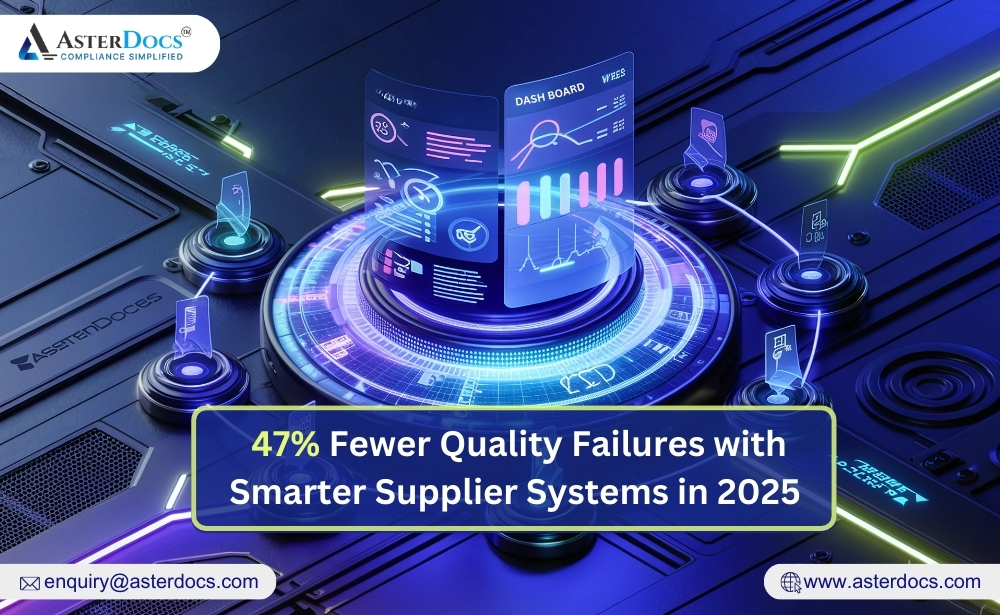In the highly regulated nutraceutical industry, sustainability is no longer just an option—it’s a necessity. As businesses face pressure from stakeholders, regulators, and consumers to uphold environmental and ethical standards, creating a sustainable supply chain has become a strategic imperative. One of the most critical steps in this process is a robust supplier qualification process. By effectively vetting and monitoring suppliers, businesses can ensure that their supply chains are resilient, responsible, and aligned with sustainability goals.
Key Components of a Sustainable Supplier Qualification Process
A sustainable supply chain starts with the right suppliers. These are suppliers who comply with industry standards, reduce their environmental footprint, and align with your company’s values. Supplier qualification allows businesses to evaluate and onboard these suppliers effectively. But how do you ensure that this process leads to long-term sustainability?
1. Creating a Compliance Document Checklist
The backbone of a successful supplier qualification process is documentation. A well-structured compliance document checklist ensures that you’re partnering with suppliers who meet the necessary environmental, ethical, and legal standards.
Why is this important?
Compliance documents provide transparency and accountability. They allow you to assess whether suppliers follow industry regulations and sustainability protocols, which is essential for mitigating risk.
Key compliance documents to request include:
- Environmental Impact Assessments: To evaluate how suppliers manage their carbon footprint and waste disposal.
- Sustainability Certifications: Such as ISO 14001 or LEED certification, which demonstrate a supplier’s commitment to sustainable practices.
- Audit Reports: Regular audits ensure that suppliers adhere to set standards and provide a snapshot of their ongoing compliance efforts.
- Health and Safety Certifications: These are critical for ensuring that suppliers provide safe working conditions for their employees.
- Allergen Statement, Food Facility Registration, Nutritional Statement, Animal Testing Certificates, and many more.
By maintaining a comprehensive compliance document checklist, businesses can ensure they only work with suppliers who align with their sustainability objectives and meet regulatory requirements.
2. Supplier Risk Calculation: A Proactive Approach to Sustainability
Once the compliance documents have been reviewed, the next step of supplier qualification process is assessing the risk each supplier presents. The goal here is to anticipate and mitigate potential disruptions while ensuring that suppliers operate in a sustainable manner.
What is supplier risk calculation?
Supplier risk calculation involves evaluating various aspects of a supplier’s operations—such as their financial stability, environmental practices, and compliance record—to determine the likelihood of future issues.
Key factors to consider when calculating supplier risk:
- Environmental Practices: Are they compliant with environmental regulations? Do they have plans to reduce their carbon footprint?
- Financial Stability: A financially unstable supplier could lead to future disruptions in the supply chain.
- Compliance History: Have they been cited for non-compliance in the past?
- Geopolitical Risks: Suppliers in regions with unstable political climates may present a higher risk of disruption.
Risk Categorization: Once the risks have been calculated, suppliers should be categorized into low, medium, and high-risk categories. This allows businesses to prioritize their focus:
- Low-Risk Suppliers: Typically have strong compliance records, sustainable practices, and stable financials. These suppliers can be onboarded with minimal concern.
- Medium-Risk Suppliers: Require closer monitoring and may need improvement in specific areas, such as sustainability efforts or compliance.
- High-Risk Suppliers: Present significant risks and should be handled with caution. In some cases, it may be best to avoid these suppliers altogether.
Risk categorization helps businesses make informed decisions about which suppliers to work with and how to mitigate potential risks.
3. Supplier Scorecard: Measuring and Monitoring Performance
Even after a supplier has passed the qualification process, it’s essential to continue monitoring their performance. A supplier scorecard provides a systematic way to evaluate a supplier’s ongoing sustainability efforts, performance, and compliance with agreed-upon standards.
How does a supplier scorecard work?
A supplier scorecard assigns measurable metrics to a supplier’s performance. It tracks both their adherence to sustainability goals and their ability to meet delivery, quality, and compliance standards over time.
Key metrics to include in a supplier scorecard:
- Sustainability Performance: Has the supplier met or exceeded environmental targets, such as reducing waste or energy consumption?
- Compliance Record: Are they maintaining compliance with all industry regulations and sustainability certifications?
- Delivery Performance: Are they meeting deadlines and fulfilling orders without frequent delays?
- Quality Assurance: Is the supplier delivering products that meet quality specifications consistently?
By implementing a supplier scorecard, businesses can ensure that their suppliers are held accountable for their performance and sustainability efforts. Over time, this process helps build long-term, sustainable partnerships.
Leveraging the Supplier Qualification Process for a More Sustainable Supply Chain
A robust qualification process is more than just a formality—it’s an opportunity to align your supply chain with sustainability objectives and build stronger, more responsible partnerships. By carefully vetting suppliers, assessing risks, and continuously monitoring performance through scorecards, businesses can ensure that their supply chains are resilient and future-proof.
Benefits of a sustainable supplier qualification process:
- Improved Supplier Relationships: By setting clear expectations from the start, businesses can foster more transparent and reliable partnerships.
- Reduced Environmental Impact: Working with suppliers who prioritize sustainability can significantly lower the overall carbon footprint of your supply chain.
- Enhanced Risk Management: Proactively identifying and managing supplier risks can prevent costly disruptions.
- Compliance and Reputation: Ensuring suppliers meet regulatory requirements protects businesses from potential legal and reputational issues.
Conclusion
In an era where sustainability is a top priority, nutraceutical businesses must take an active role in managing their supply chains responsibly. A well-structured supplier qualification process, with a focus on compliance, risk management, and performance monitoring, is essential for achieving sustainability goals.
If you’re looking to simplify and streamline your supplier qualification while ensuring compliance with sustainability standards, explore AsterDocs, a platform that offers the right tools you need to manage your compliance and supplier network efficiently and effectively. Visit our website for more information.

















